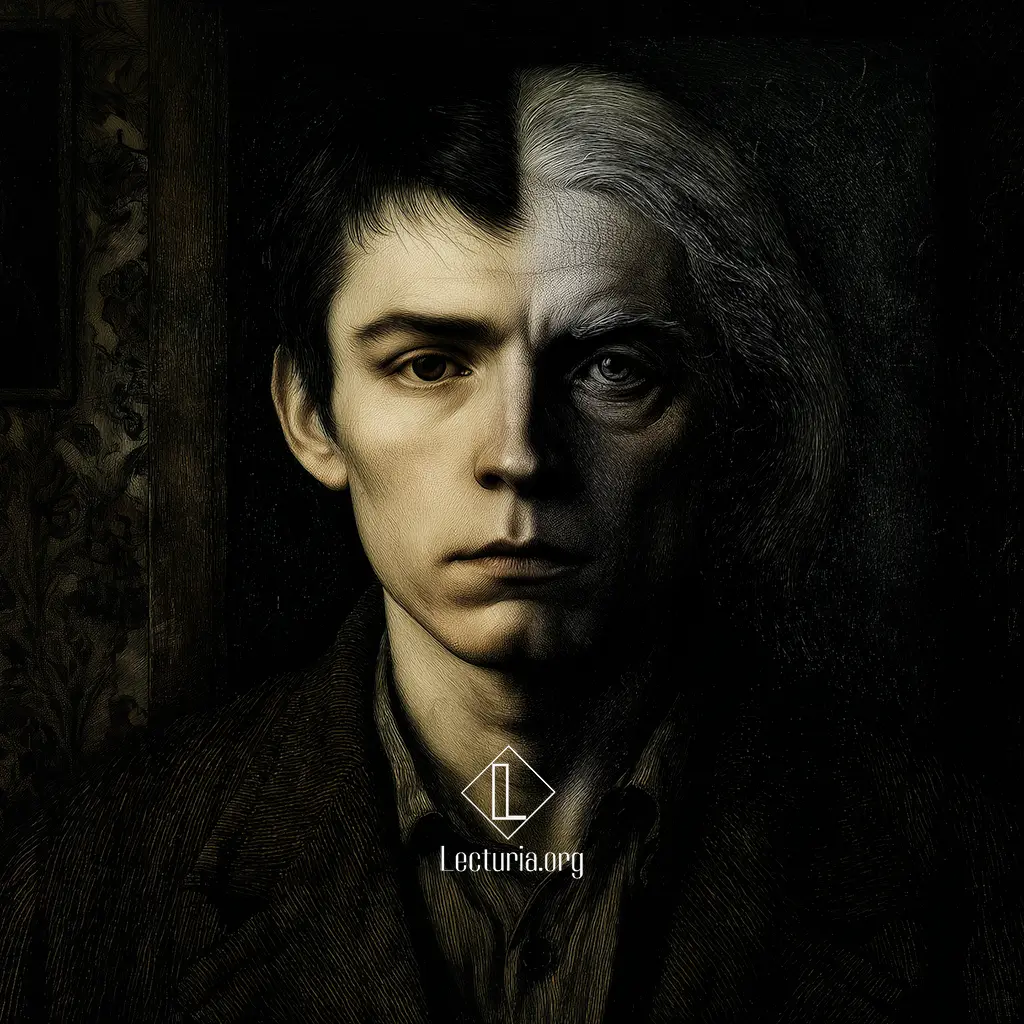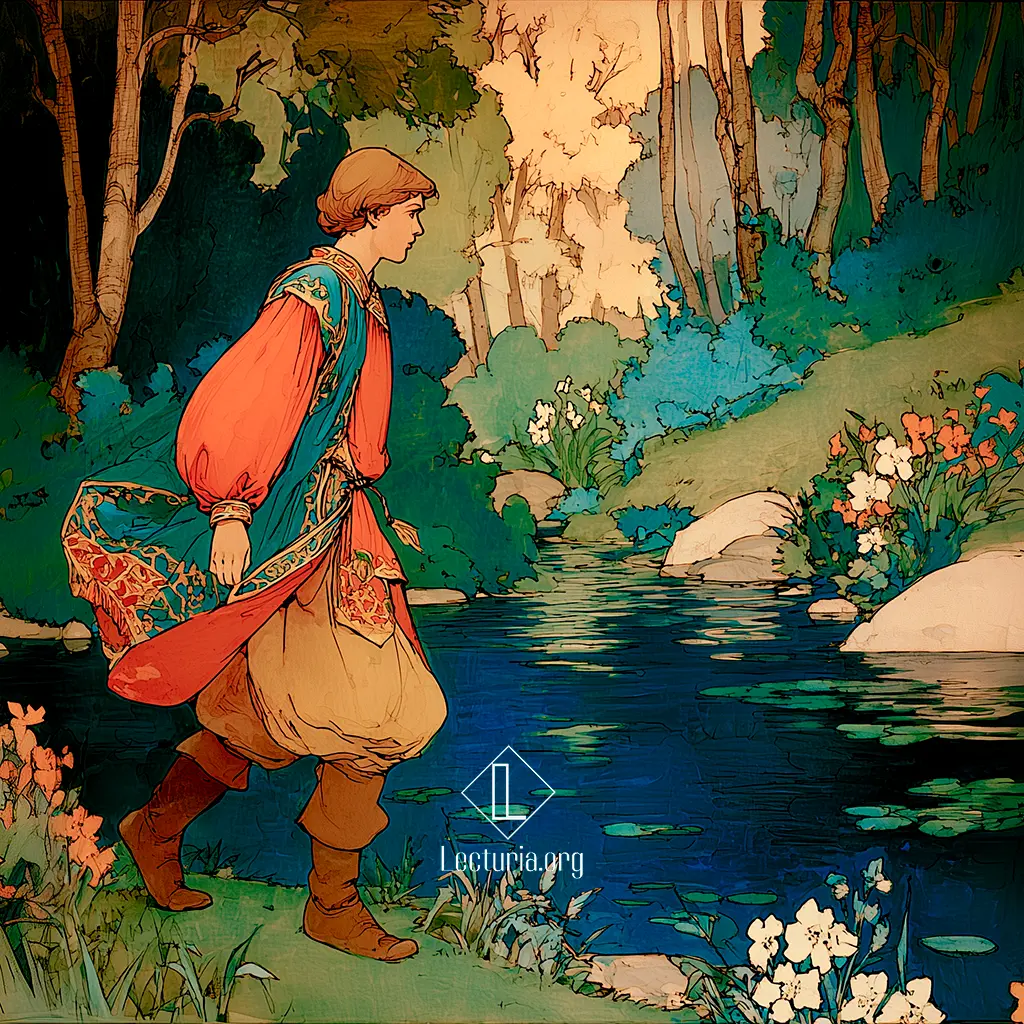Julio Cortázar: The Other Heaven
“The Other Heaven” (El otro cielo) is a short story by Julio Cortázar, published in 1966 in the collection All Fires the Fire (Todos los fuegos el fuego). It tells the story of a man divided between his routine life in 1940s Buenos Aires and an imaginary, twilight Paris made of covered passages and gaslight. While he fulfills the obligations of the present (work, family, stability), Josiane awaits him in that other world—an enigmatic woman with whom he shares a freer, more secret existence, whose intensity threatens to eclipse everything that binds him to his real life.





